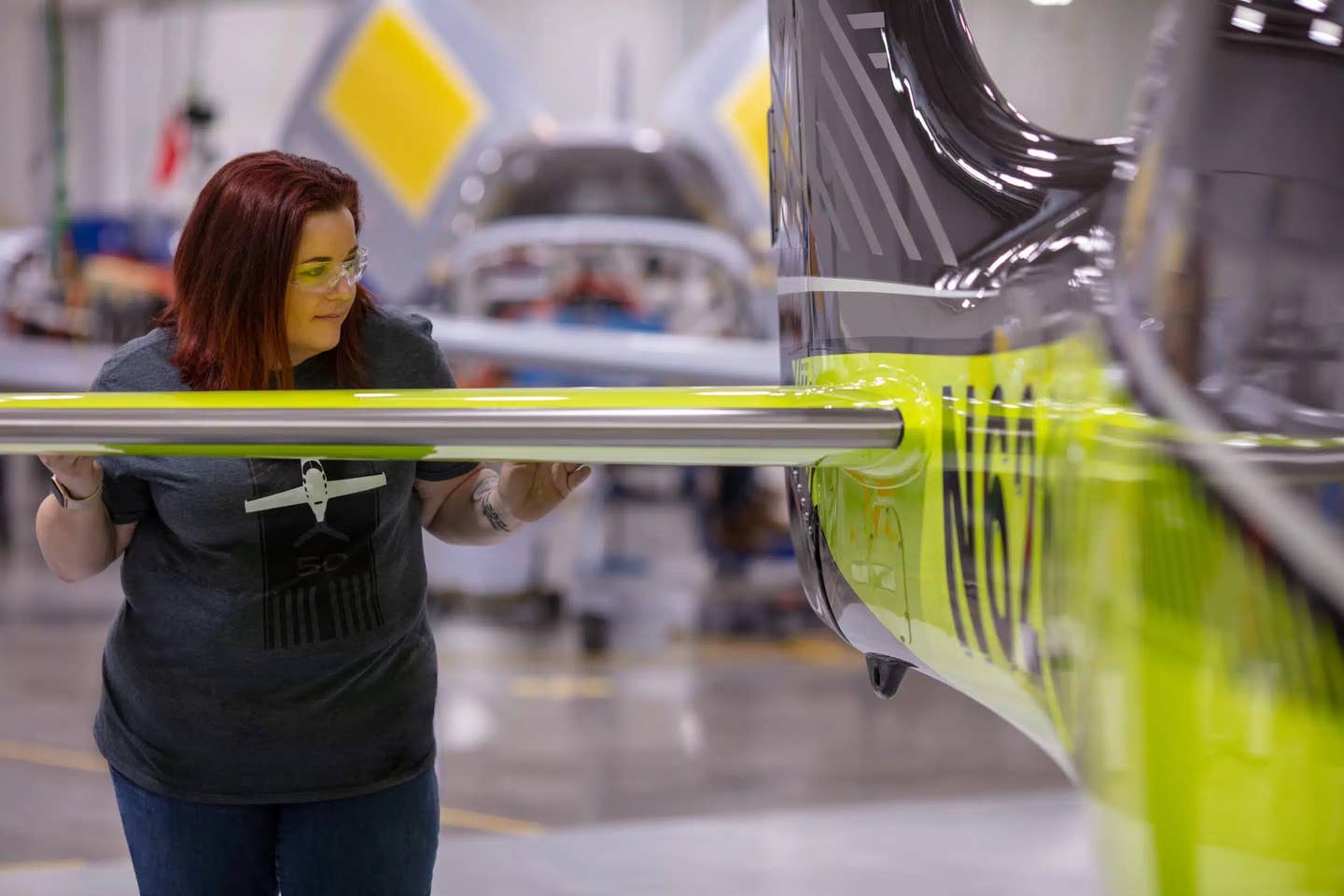GAMA 2023 Numbers Show More Than 4,000 GA Aircraft Delivered
New-aircraft sales were up in all categories in 2023, with piston models leading the pack at an 11.8% increase compared with 2022 (to 1,602 deliveries from 1,505). That was the…

Photo: Cirrus Aircraft
New-aircraft sales were up in all categories in 2023, with piston models leading the pack at an 11.8% increase compared with 2022 (to 1,602 deliveries from 1,505). That was the takeaway from today’s release of aircraft sales numbers from the General Aviation Manufacturers Association (GAMA).
While the ongoing pilot shortage and its resulting focus on single-engine training aircraft no doubt played a role in overall fixed-wing sales, the fact that billings increased by 2.2% (to $23.4 billion from $22.9 billion) across the category suggests that increased sales of higher-priced business jets (up by 2.5%) indicate an improving market in that segment, as well. In all, total fixed-wing general aviation aircraft sales were up by 9.6%.
Deliveries of turbine helicopters also jumped by double digit percentage points last year—up by 10.4%. Piston rotorcraft also increased by a slightly more modest 7.7%. And in good news for the bean counters, billings increased by 11.2% to $4.4 billion from $4.0 billion.
GAMA President and CEO Pete Bunce noted that, in all, more than 4,000 GA aircraft rolled off the factory floors last year. He said that while 2023 numbers were encouraging, GA still faces challenges from continued supply-chain issues, workforce shortages, uncertainty over the paths chosen by global regulators and “short-sighted efforts aimed at curbing business and general aviation, particularly in Europe.” Bunce added, “It is crucial that the U.S. Congress passes a long-term FAA reauthorization bill, a fiscal year 2024 appropriations bill for the FAA, and a tax measure which is pending that promotes research and development.”






